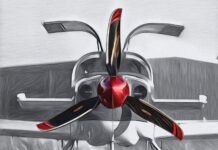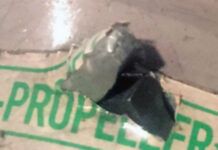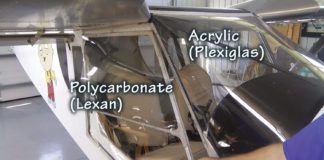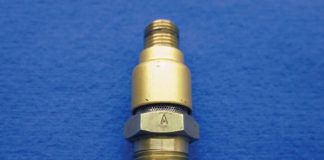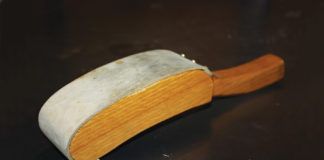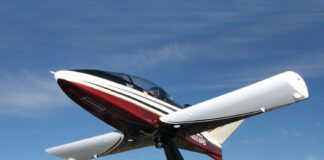After seeing Paul Dye’s thorough review of the Whirl Wind propeller on his RV-8, I admit to a pang of impatience. You see, I’ve been testing a prop of my own, Sensenich’s latest carbon fiber ground-adjustable beauty. For, um, what seems like ages. The testing has not been held up for the lack of trying or desire.
No, it’s a Murphy thing.
First was working out the logistics on a replacement Saber Manufacturing prop spacer—the 4-inch-deep version that backed up my wood Aymar-Demuth prop would be roughly half an inch too long for the Sensenich, which uses a very different hub design. Then making the mistake of thinking my engine had the prop bolts the parts manual says it should have and not verifying with my own eyes, which meant that this O-320-E3D actually carried 7/16-inch bolts, not the 3/8-inch pieces the factory said it did. I discovered that some engines originally on Cessnas had 7/16-inch prop bushings even when the engine spec said otherwise, which may be apocryphal but was the case with my engine. (Also, huge kudos to Saber for working with me through the trial and error.)
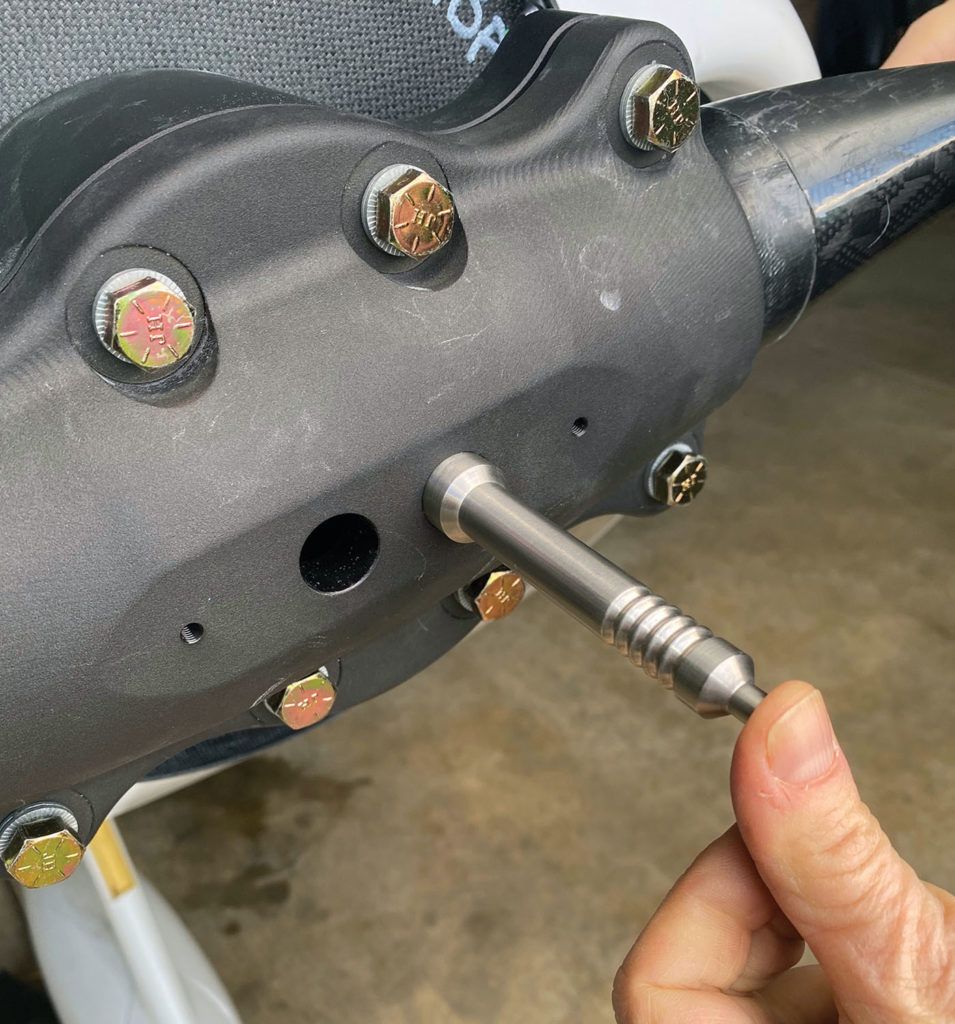
Anyway, with the new spacer in place and testing begun, it felt like the engine wasn’t up to this prop—or that the 74-inch-diameter Sensenich was “too much prop” for this airplane. Sensenich’s Don Rowell felt otherwise and suggested that before considering shortening this prop—it can be trimmed an inch each blade, for a 72-inch diameter, but it’s a permanent “fix”—that I continue to test at the fine end of the pitch range. And that’s the beauty of this prop: It comes with three setting pins with two pitch adjustments each, numbered 2 to 7, with 2 being the finest pitch. Generally, Sensenich recommends starting with 4 and working from there.
Testing, Testing
Rowell asked me to look carefully at two key indicators, static rpm and max rpm at full power and low altitude. My target was 2200 to 2250 rpm static and redline rpm (2700) at full power. Lower results suggest too much pitch; higher and the prop is too fine. One thing I discovered in retrospect is that the A-D prop already on the airplane was some combination of too small and too fine—with a 68-inch diameter and 51-inch pitch. Typical static rpm was 2300 or a little more and it would easily exceed redline at full throttle and 1500 feet msl.
On the first flights with the Sensenich at pitch #4, static rpm was a meager 2080 and the airplane would barely pull 2500 rpm at full throttle and 1500 feet. Given how far off I was, I elected to jump a notch and try pitch #2, the finest, and got a 100-rpm increase in static and was able to just touch 2700 rpm at max power, low level. The prop did produce better climb rates and a shorter takeoff roll, but at that stage it did not appear to be any faster in cruise. Truthfully, the numbers were a bit scattered from flight to flight, and I didn’t feel like I had enough data to support publishing a conclusion.
Then I found the airbox issue, where the carb heat flapper wasn’t closing, and I realized that none of my baseline numbers were accurate. In order to do useful A-to-B comparisons, you have to eliminate as many variables as possible. So that meant reinstalling the A-D prop and flying a number of test sequences to get new baselines. (There was a small, probably statistically insignificant increase in performance with the A-D prop after I fixed the carb-heat issue.)
I managed to get a small number of flights with the Sensenich back on the airplane before my GlaStar’s elderly O-320, which had been whispering all was not well, finally began to speak more forcefully. On the last flight, an out and back to visit GlaStar “co-designer” Ted Setzer in Washington, with the prop now at setting #3, I saw cruise speeds of 130 knots true (at 7500 feet, 2500 rpm, 20 inches of manifold pressure and 8.2 gph), which is 3-5 knots better than I would regularly see with the Aymar-Demuth, albeit at a higher fuel flow.
Oh, boy am I glad I didn’t trim the Sensenich when I thought it was too much for the O-320. Any day now a box will arrive from Alabama with a Titan IO-340 inside. This is a big swap—though not as much of one as trying to fit an O-360—that requires a new induction system, boost pump and oil cooler. More, much more, on that in future issues. For now, I wait and watch Paul testing props on his RV-8, while I work on my patience.
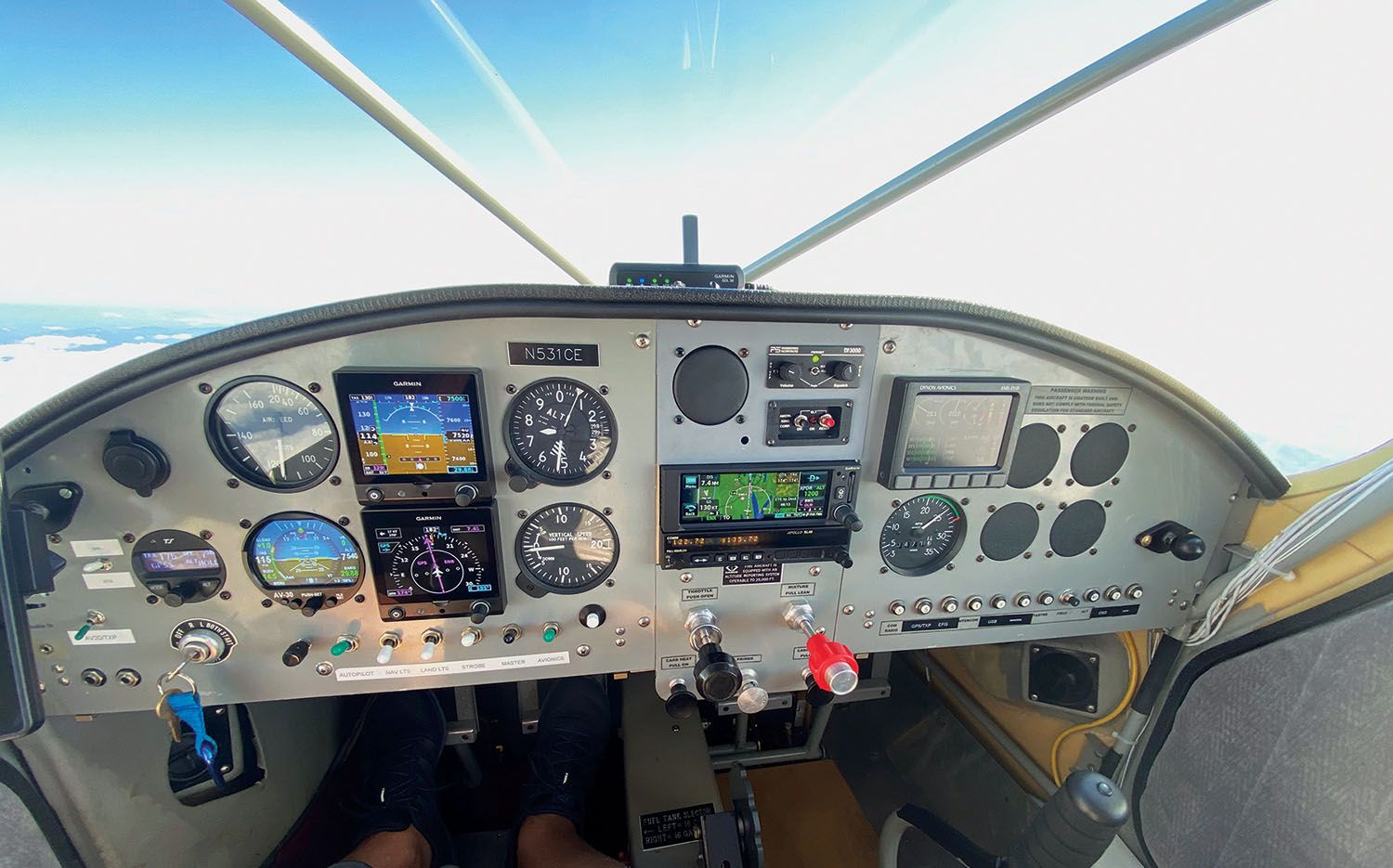
EAA Doings
Starting on January 21, EAA will hold Homebuilders Week, five days of “educational forums covering a broad spectrum of aircraft building topics.” These live presentations run from 1 p.m. (Central) to 8:30 p.m. “This is an opportunity for a new person to jump in with both feet and learn a lot about the wonderful world of homebuilding,” EAA’s Charlie Becker told me. “We will cover areas like getting started successfully and techniques when building with sheet metal, composites, steel and wood. But it won’t be just for the newbie; we are offering in-depth talks on panel planning, engine selection, FAA certification, flight testing and selling a homebuilt aircraft. There will be something for every builder whether they are just starting out, knee deep in a project, or just received their airworthiness certificate.”
Aim your computer at www.eaa.org/homebuildersweek to sign up.








